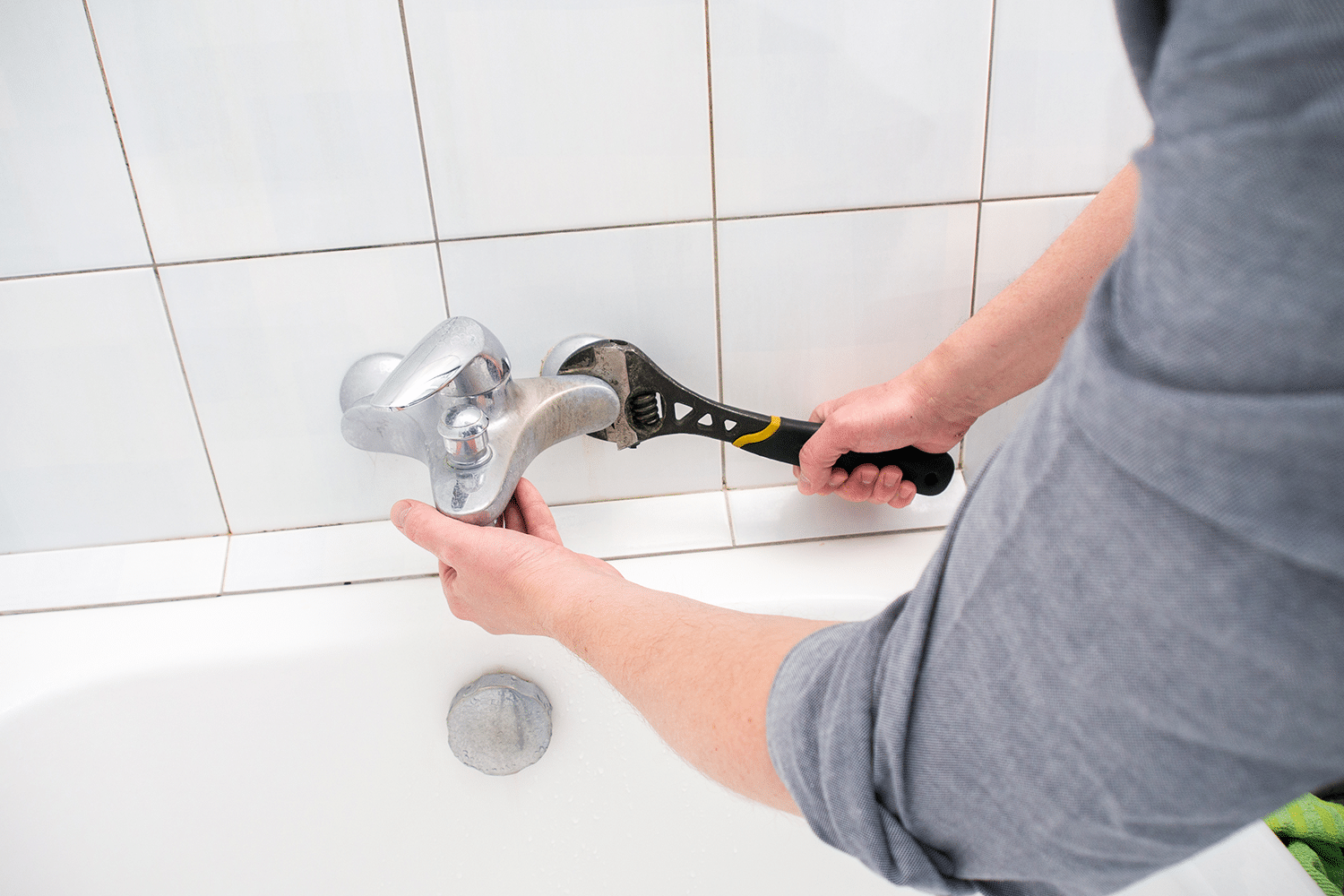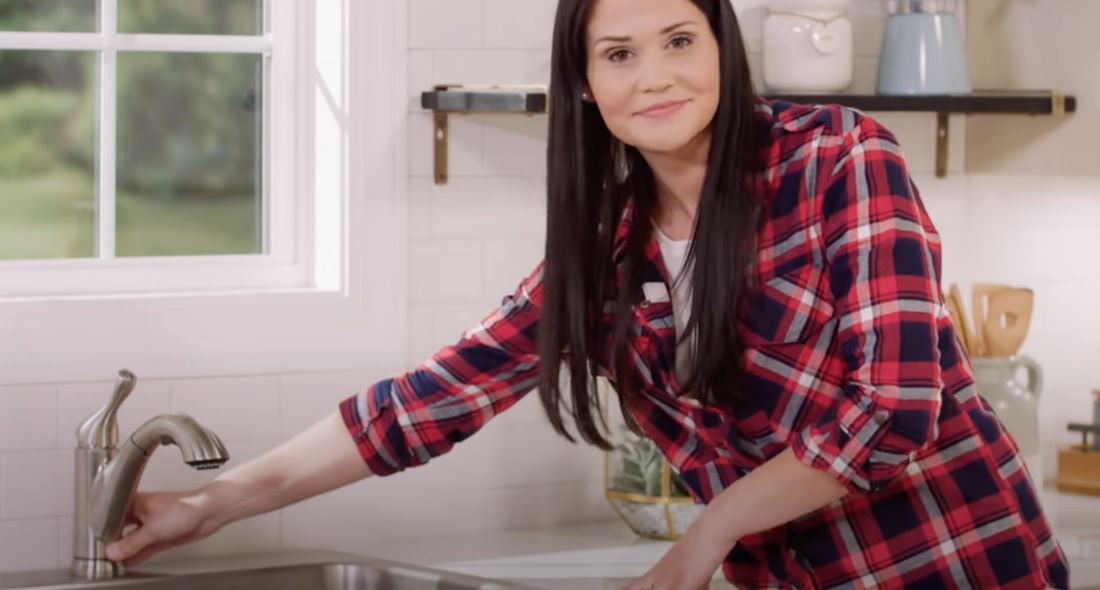When It's Critical to Repair a Faulty Faucet
Call TodayThe author is making a number of good annotation on the subject of Why Is It Important To Fix Your Leaking Tap/Faucet? in general in this content on the next paragraphs.

Trickling taps might look like a minor trouble, however their effect exceeds just the inconvenience of the noise. From wasting water to incurring unneeded economic costs and health and wellness threats, overlooking a dripping faucet can result in different repercussions. In this post, we'll look into why it's critical to resolve this usual house concern without delay and properly.
Wastage of Water
Environmental Impact
Dripping faucets add significantly to water waste. According to the Epa (EPA), a single tap trickling at one drip per second can throw away greater than 3,000 gallons of water annually. This not only stress water sources yet also impacts ecological communities and wildlife based on them.
Financial Expenses
Boosted Water Costs
Past the ecological influence, trickling taps can blow up water costs substantially. The accumulated wastage over time converts right into greater utility expenses, which can have been stayed clear of with prompt fixings.
Possible Residential Or Commercial Property Damages
In addition, extended dripping can bring about damage to fixtures and surface areas surrounding the tap. Water build-up can create discoloration, rust, and also structural concerns if left unattended, causing extra repair work costs.
Wellness Issues
Mold And Mildew and Mold Growth
The consistent existence of wetness from a dripping faucet creates an excellent setting for mold and mildew and mildew growth. These fungi not just jeopardize interior air high quality however also pose wellness dangers, particularly for people with respiratory system conditions or allergies.
Waterborne Conditions
Stagnant water in trickling taps can become a breeding ground for microorganisms and other virus, boosting the risk of waterborne illness. Contaminants such as Legionella germs thrive in stationary water, possibly causing serious illnesses when consumed or inhaled.
Do it yourself vs. Expert Repair work
Pros and Cons of DIY Repair
While some might try to deal with a leaking tap themselves, DIY repair work include their own set of challenges. Without appropriate expertise and tools, do it yourself efforts can intensify the problem or bring about incomplete repair services, lengthening the problem.
Benefits of Employing a Specialist Plumber
Working with a professional plumber guarantees that the underlying root cause of the trickling faucet is attended to properly. Plumbings possess the competence and devices to identify and repair faucet issues successfully, conserving time and lessening the danger of additional damages.
Step-by-Step Guide to Repairing a Dripping Tap
Devices Needed
Before trying to take care of a dripping tap, gather the necessary devices, including an adjustable wrench, screwdrivers, substitute components (such as washing machines or cartridges), and plumber's tape.
Usual Tap Issues and Their Solutions
Determine the kind of faucet and the specific concern causing the drip. Typical troubles include damaged washers, corroded shutoff seats, or faulty O-rings. Refer to maker guidelines or online tutorials for step-by-step assistance on repair services.
Safety nets
Normal Upkeep Tips
To prevent dripping faucets, carry out regular upkeep such as cleansing aerators, inspecting for leaks, and replacing damaged components promptly. Additionally, consider installing water-saving tools or updating to extra reliable components.
Significance of Prompt Repairs
Dealing with trickling faucets as soon as they're discovered avoids more water wastefulness and prospective damage, eventually saving both water and cash in the long run.
Influence On Residential Property Worth
Perception of Well-Maintained Property
Keeping a residential property in good condition, including addressing maintenance concerns like leaking taps, improves its regarded value and charm amongst possible buyers or occupants.
Impact on Resale Value
Features with well-maintained plumbing fixtures, consisting of taps, command greater resale worths in the real estate market. Dealing with leaking taps can add to a favorable impact throughout residential or commercial property inspections and negotiations.
Ecological Obligation
Individual Payment to Conservation
Taking duty for fixing trickling faucets straightens with wider initiatives toward water conservation and environmental sustainability. Every individual's activities collectively make a considerable effect on maintaining priceless sources.
Sustainable Living Practices
By focusing on timely repair services and adopting water-saving behaviors, people contribute to sustainable living practices that profit both present and future generations.
Final thought
Dealing with a leaking faucet surpasses plain ease; it's an essential action toward saving water, reducing monetary costs, and securing health and building. Whether via DIY repair services or professional support, doing something about it to fix leaking taps is a small yet impactful method to advertise liable stewardship of sources and contribute to a healthier, more sustainable future.
How to Fix a Leaky Faucet: Step-by-Step Repair Guide
A leaky faucet may seem like a simple annoyance, but if it's not fixed promptly, that leak could cost hundreds to potentially thousands. From water damage to mold, mildew, and high water bills, even a tiny leak can be catastrophic if left unattended. Damage like this can even affect the overall value of your home, so it's important to take the right approach for leaky faucet repair. You may need the help of a plumber in some cases, but we've got a few tips you can try on how to fix a leaky faucet before calling the pros.
Four Faucet Types
When you're learning how to fix a leaky faucet, the first step is knowing what kind of faucet you're working with! There are four common types.
Cartridge Faucets
Cartridge faucets come in one- or two-handled varieties. In one-handled cartridge faucets, hot and cold water combines in a single cartridge. In the two-handled versions, hot and cold water are controlled separately and mixed in the faucet.
Ball Faucets
Ball faucets have a single lever you push up and down to adjust the pressure and rotate to change the temperature. A slotted metal ball controls the amount of water allowed into the spout.
Compression Washer Faucets
They're the oldest type of faucet, but they're still used in many homes — especially older ones. Compression faucets have two separate handles that, when turned, raise or lower the washer that seals a water valve. This valve stops water from flowing through the faucet when it is turned off.
Disc Faucets
Disc faucets rarely need to be repaired due to their maintenance-free design. The water flow is controlled by two discs — the upper one raises and lowers against a fixed lower disc, creating a watertight seal. If your disc faucet starts leaking, you may need to replace the seals or clean residue buildup from the inlets.
Fixing a Leaky Faucet
Step 1: Turn Off the Water
Whether you're learning how to fix a leaky bathtub faucet or how to fix a leaky kitchen faucet, always turn off the water supply to your working area when you're fixing a leak. The last thing you want is a flood added to your list of things to fix.
Look for the shutoff valves below your sink or around the tub and turn them clockwise to stop the water flow. If your faucet doesn't have shutoff valves, you may need to turn off the water for the whole house. Check to make sure it's off by turning the faucet on. If nothing comes out, you're ready to start the repair.
Step 2: Take Apart the Faucet
How you disassemble your faucet depends on the type of fixture you have. You can use a flathead screwdriver to remove the caps on top of the handle or handles for cartridge and compression faucets. Inside, you should see handle screws. Unscrew these with a screwdriver to remove the handle.
Disc- and ball-style faucets will typically have an inlet screw near the handle, and removing that will reveal the interior of the faucet.
Detach the Valve Stem
For cartridge- and compression-style faucets, you'll see the inner valve stem or cartridge once you remove the faucet handles. If you have a compression faucet, unscrew the brass valve stem. If you have a cartridge faucet, pull out the cartridge. If your cartridge has been in place for a while, it may require some tools or extra force to remove it due to mineral deposits.
Examine and Replace Parts
Once you've removed the parts, check them out to confirm what needs to be replaced. You may see corroded rubber washers, O-rings, stems, or cartridges. On a ball-style faucet, check the seats and springs for damage.
If you need to repair a leaky disc faucet, check the inlet and seals on the lower disc.
Once you determine what parts must be replaced, visit your local hardware store. Bring the damaged parts with you to ensure you can purchase the correct components to replace them.
Clean Valves and Faucet Cavity
If you've removed a stem or cartridge, you may notice mineral buildup in the faucet's threads. Use white vinegar to clean the valve seat by soaking it for a few minutes, then scrub it away with a soft toothbrush and rinse with warm water. You can also clean the interior of the faucet in the same way.
Reassemble the Faucet
Once your faucet is cleaned and the required parts have been replaced, it's time to reassemble it. Put the pieces back together and slowly turn the water supply back on. Doing this slowly is crucial because too much initial water pressure can damage the new hardware you've just installed.
https://homewarranty.firstam.com/blog/how-to-fix-leaky-faucet

Do you appreciate reading about 4 Common Reasons for a Leaky Faucet? Create feedback further down. We would be pleased to know your feelings about this posting. In hopes that you visit us again later on. Sharing is good. Helping others is fun. Thanks for your time. Return soon.